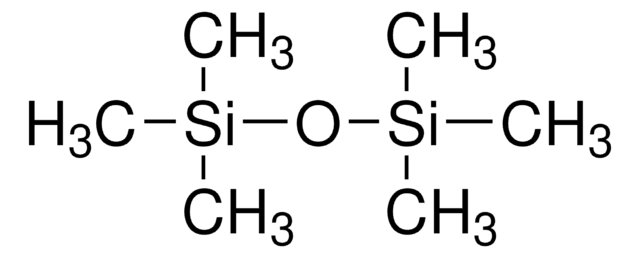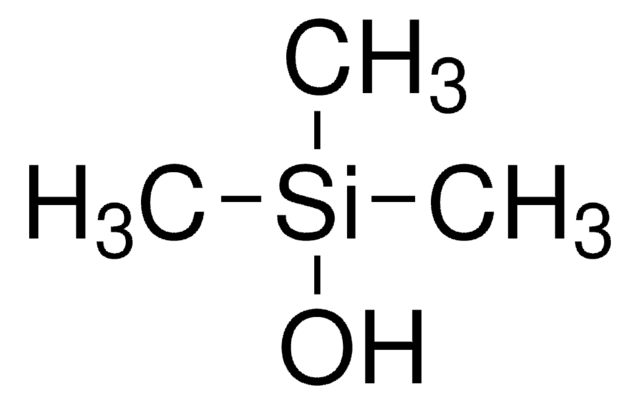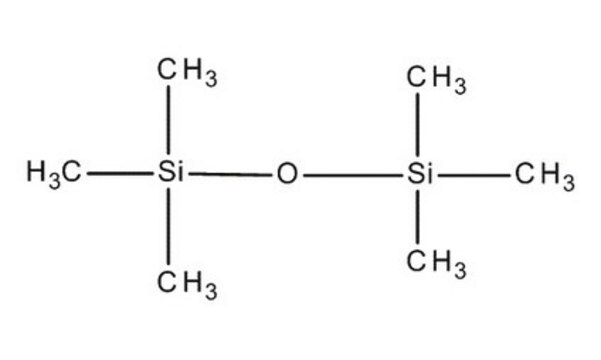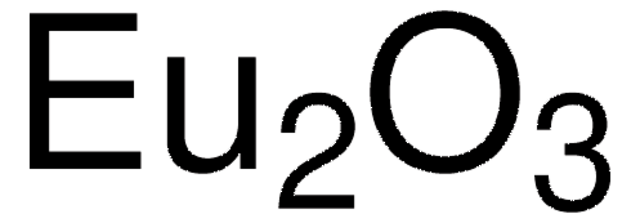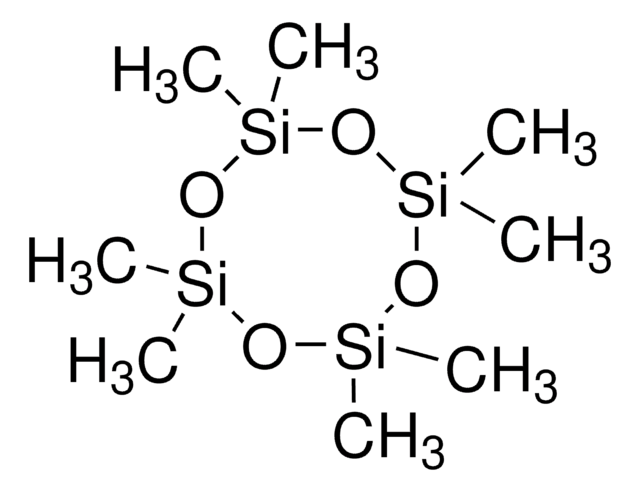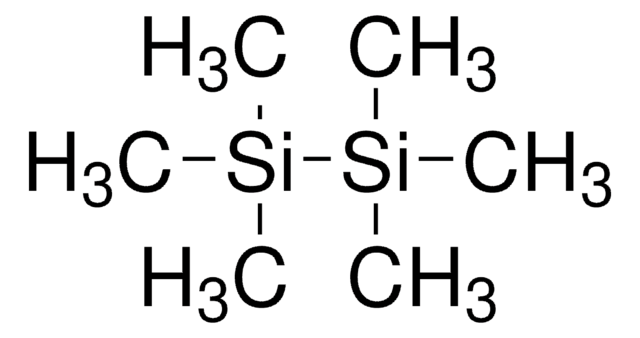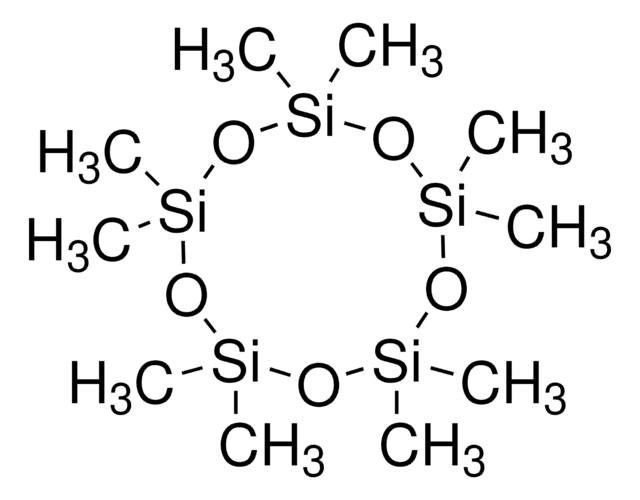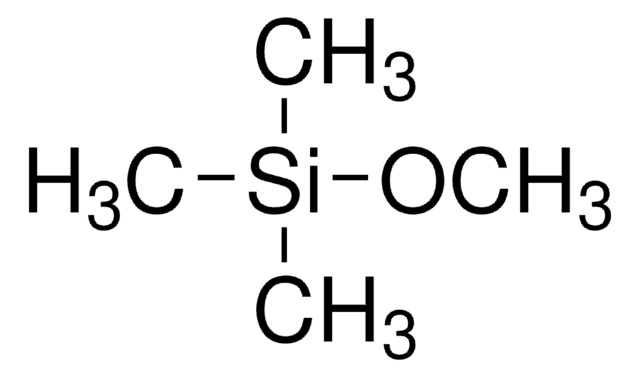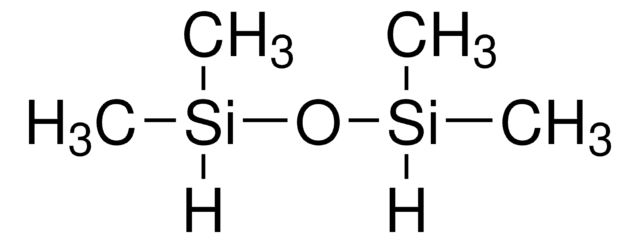Kluczowe dokumenty
205389
Hexamethyldisiloxane
≥98%
Synonim(y):
HMDSO
About This Item
Polecane produkty
gęstość pary
>1 (vs air)
Poziom jakości
Próba
≥98%
Postać
liquid
współczynnik refrakcji
n20/D 1.377 (lit.)
tw
101 °C (lit.)
101 °C
mp
−59 °C (lit.)
gęstość
0.764 g/mL at 20 °C (lit.)
ciąg SMILES
C[Si](C)(C)O[Si](C)(C)C
InChI
1S/C6H18OSi2/c1-8(2,3)7-9(4,5)6/h1-6H3
Klucz InChI
UQEAIHBTYFGYIE-UHFFFAOYSA-N
Szukasz podobnych produktów? Odwiedź Przewodnik dotyczący porównywania produktów
Opis ogólny
Zastosowanie
- To fabricate a gas diffusion layer (GDL) with controlled hydrophobic silicone nano-layer by the dry deposition process.
- To prepare silver nanoparticles coated with silica using arginine and glucose as the catalyst and the reducing agent, respectively.
Hasło ostrzegawcze
Danger
Zwroty wskazujące rodzaj zagrożenia
Zwroty wskazujące środki ostrożności
Klasyfikacja zagrożeń
Aquatic Acute 1 - Aquatic Chronic 1 - Flam. Liq. 2
Kod klasy składowania
3 - Flammable liquids
Klasa zagrożenia wodnego (WGK)
WGK 2
Temperatura zapłonu (°F)
21.2 °F - closed cup
Temperatura zapłonu (°C)
-6 °C - closed cup
Środki ochrony indywidualnej
Eyeshields, Faceshields, Gloves, type ABEK (EN14387) respirator filter
Wybierz jedną z najnowszych wersji:
Masz już ten produkt?
Dokumenty związane z niedawno zakupionymi produktami zostały zamieszczone w Bibliotece dokumentów.
Klienci oglądali również te produkty
Nasz zespół naukowców ma doświadczenie we wszystkich obszarach badań, w tym w naukach przyrodniczych, materiałoznawstwie, syntezie chemicznej, chromatografii, analityce i wielu innych dziedzinach.
Skontaktuj się z zespołem ds. pomocy technicznej